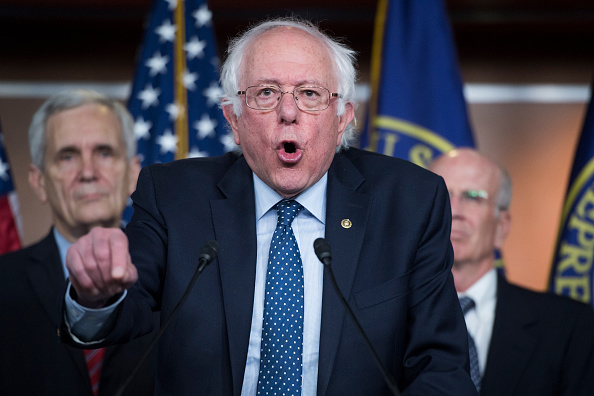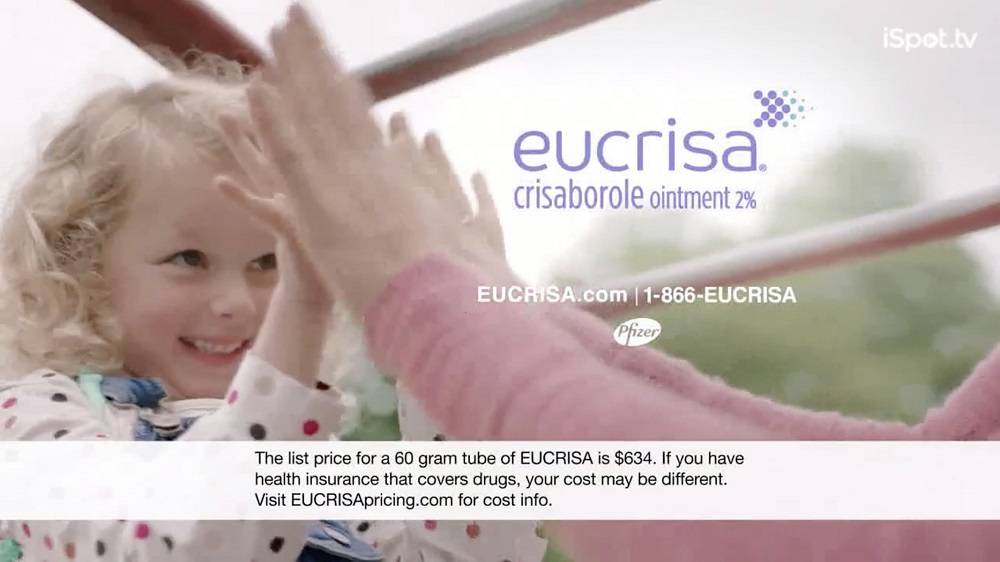
Pharma is being pulled in every direction. Rules and proposals to rein in drug prices are moving fast. One moment the industry needs to revise every single one of its direct-to-consumer TV ads and the next, the requirement is struck down.
The Trump administration laid out dozens of policies in its drug price blueprint that was released last year. But the few policies that have been close to implementation, like the rule to disclose list prices in TV ads or the proposal to ban rebates from pharmacy benefit managers, haven’t stuck.
Others could have more luck. The Trump administration is eyeing proposals to base U.S. drug prices on an international index and issuing executive orders that mandate price transparency for insurers and hospitals. Meanwhile, Congress has considered more than 50 bills related to drug prices that have been introduced this year.
At this breakneck pace, healthcare communicators are scrambling to stay above the noise.
“We’re at an extraordinary place where the industry is doing a lot of things that they should be lauded for in terms of innovation, but are more or less being ignored for the larger debate about prices,” says Brian Reid, leader of W2O’s value, pricing and market access group. “At a minimum, those in the industry need to shout to the rooftops about what is going on in pharma because we need to get the context right.”
One big win for the Trump administration on drug pricing was a big headache for pharma marketers. In May, the Department of Health and Human Services issued a requirement that all direct-to-consumer TV drug ads needed to include the treatment’s list price — a requirement that would go into effect only two months later.
We’re at an extraordinary place where the industry is doing a lot of things that they should be lauded for in terms of innovation, but are more or less being ignored for the larger debate about prices
Brian Reid, W2O
The change was small, only adding HHS-approved wording and the list price to the ad’s end card, but it meant that every drug ad on TV needed to submit a revision to the Food and Drug Administration.
“Every agency on the planet that had any TV spots running and that were going to continue to run after July 9 had to assume that they would need to revise this in light of the new rules,” says Dale Cooke, president of PhillyCooke Consulting. “All of those agencies over the past 60 days have been making these revisions and all of that stuff had to be submitted in advance. When you’re dealing with a TV spot, you don’t submit it to the [FDA] the day before it airs.”
While the marketing division was toiling away, legal departments took over.
Merck, Eli Lilly, Amgen and the Association of National Advertisers filed a lawsuit to block the advertising rule in mid-June. In its effort to delay the regulation for the duration of the lawsuit, the federal judge decided instead to completely toss out the rule, saying that the Centers for Medicare and Medicaid Services did not have the authority to issue it.
The reversal came at the absolute last moment, one day before the rule was supposed to take effect, and at which point the work to change drug ads was likely already done. Some companies had already begun running revised ads that included the list price, such as spots for Celgene’s Otezla and Pfizer’s Eucrisa.

Cooke predicts that the FDA has seen an influx of 2253 submissions, the pathway pharma companies use to submit drug promotional material, because of the disclosure rule.
“There’s probably going to be a spike of 2253s this month because people will revise all of their TV spots to add the CMS language and then they’re going to revise for the second time to delete the CMS language,” he explains.
Although the list price issue is done for now, HHS and CMS can appeal the court decision and, Cooke notes, Congress could pass a bill giving CMS the authority to issue the rule.
“There is bipartisan agreement to attack pharmaceutical companies on the issue of drug pricing, so I don’t think it would be a heavy lift to get a small bill that did nothing but require this through Congress,” Cooke adds.
Pharma must be savvy
Future uncertainty such as this only adds to the noise around drug-price policy. With so many parties trying to influence the drug-price conversation, pharma needs to be savvy about its communications while the politics are sorted out, say experts.
Jack Kalavritinos, senior director at APCO and a former director at HHS, says the delays from the advertising rule and proposed rebate ban likely won’t affect future drug pricing efforts from the Trump administration and Congress.
“This focus on drug costs will not be going away regardless of recent events,” he says, “There’s bipartisan focus and commitment like never before in history.”
Healthcare organizations, from pharma to PBMs to hospitals, should focus on patients and their transparency efforts. Reid notes that the pharma industry has publicly stepped up, with new advertising guidelines from industry trade group PhRMA and more regular reports and communication about transparency.
This focus on drug costs will not be going away regardless of recent events. There’s bipartisan focus and commitment like never before in history.
Jack Kalavritinos, APCO
“The industry is trying hard to be transparent about these things,” Reid says. “It’s not just disclosing list prices, companies are doing a much better job pushing out transparency reports giving the big picture about prices. There’s a broad understanding that there needs to be more transparency.”
Kalavritinos suggests pharma brands look at the specific human benefit of drugs to justify the cost. In some dialogue about drug prices, like the Senate hearing with pharma CEOs in February, the industry tied drug costs to more abstract ideas like innovation and funding the research and development of new drugs.
For the average patient, R&D costs don’t matter, and it comes across as the companies charging high prices out of greed.
“We’re talking about people’s life and death issues and the industry should be doing more storytelling about the benefits to specific patients instead of what’s best for the company,” Kalavritinos says. “Historically, the industry focused on explaining high prices by looking at how it funds R&D and, while true, it isn’t always persuasive and is focused on the company benefit instead of focusing on human side.”
As the industry works to make its voice heard in the drug price debate, whether it’s about advertising transparency, rebates, international prices or negotiations, keeping the conversation focused on the patient is a smart way to stay above the noise, experts say.
“Companies that acknowledge the complexity [of drug prices] and commit to transparency in human and personal ways about how these medicines will improve and save lives are telling the story the right way,” Kalavritinos says.
This article has been updated to correct the name of the pathway pharma companies use to submit drug promotional material, known as a 2253 submission.
From the August 01, 2019 Issue of MM+M - Medical Marketing and Media






